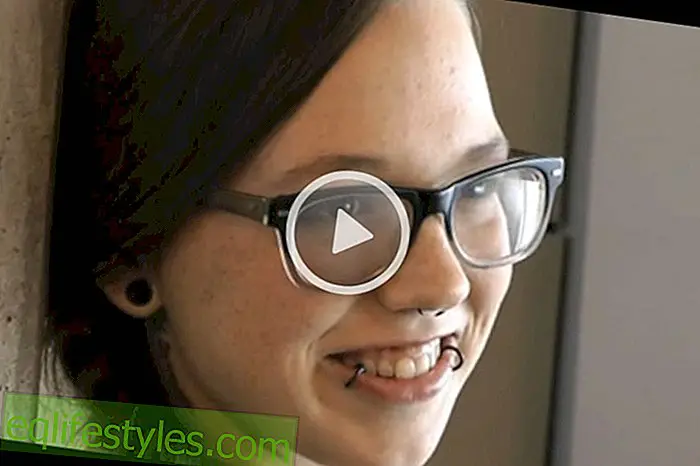
Photo: © Sergejs Rahunoks - Fotolia.com
- Itching & Co.
- What the complexion reveals
- When should you go to the doctor
- What helps our skin from the outside?
Itching & Co.
Nobody can hide the traces of life . Because they show up on our skin . The skin is not only one of the largest, but also one of the most sensitive organs of our body . And thus also an important danger detector, because with many illnesses it changes its structure or color. In addition, our skin also signals clearly how well we feel, whether we are stressed or have slept too little. The reason: In the developmental phase of the embryo skin, nerves and the brain have the same origin.
Because of this close relationship, diseases often affect both organ systems: the central nervous system and the skin. This joint investment illustrates why mental problems can often be read off our skin condition - and conversely, chronic conditions such as psoriasis and atopic dermatitis massively affect the psyche Scientists speak of the so-called skin-ego.
As soon as our brain sends out a stress signal, an immune reaction in the skin is set in motion. Emotionally stressful experiences become visible: extreme stress lets pimples sprout out of the blue. If disgusting, tingling cold sores can form on the lip.
Relaxation techniques such as autogenic training or yoga (courses are available at the folk high schools) therefore bring with skin problems considerable healing success.
What the complexion reveals
However, a look in the mirror reveals a lot about our physical state of health : skin tensions, color changes or redness can be the first signs of organic problems - and long before complaints occur. These characteristic marks on the face are important for experienced physicians to detect health disorders.
When should you go to the doctor
For example, reddened nostrils may indicate inflamed bronchi and visible red veins may indicate hypertension. Disorders in the metabolism show up in swellings of the lower cheek - the skin looks gray and without tension. And deep wrinkles in the corner of the mouth can indicate a heart problem: an overload of the coronary arteries. A bluish shadow between the root of the nose and the inner corner of the eye is typical for diseases of the digestive tract or the blood vessels - especially if there are still blotches on the face. Coarse-pored skin and gray color change under the cheekbone, however, indicate a digestive weakness in the protein utilization. And who has brownish edges in the iris or mini-bleeding on the cheeks, could suffer from a liver weakness. If you do not feel "comfortable in your skin", you should definitely have the symptoms cleared up by a doctor.
What helps our skin from the outside?
With eczema and pimples, healing clay with its minerals and trace elements quickly restores skin metabolism. As the earth dries on the skin, it pulls toxins and excess fat out of the cells. Depending on your body mix 4-5 tablespoon of healing earth with warm water to a paste. Apply, let dry, shower off. With strong itching a horsetail wrap helps. The contained silica promotes cell renewal and binds moisture in the skin. Boil two handfuls of cabbage in two liters of water for ten minutes. Then strain, place the broth in the refrigerator until it is between ten and 15 degrees cold. Soak a gauze bandage with the broth and wrap around the itchy areas.









